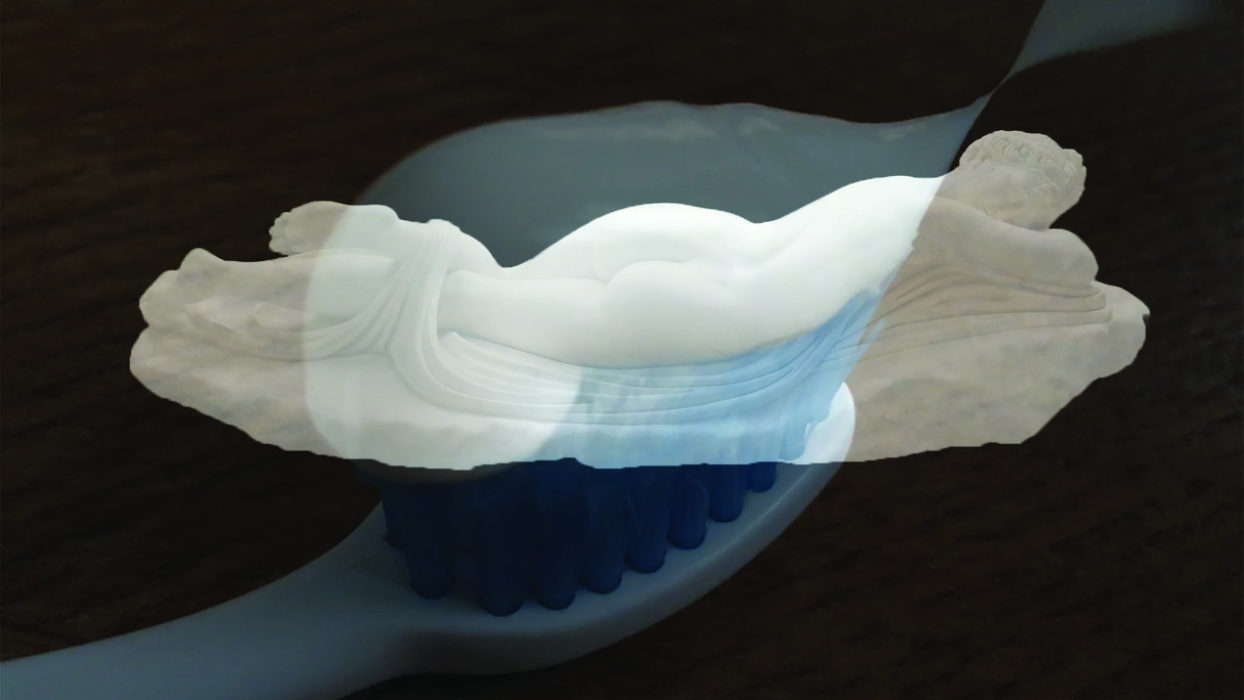Corps Samples
In 1924, a marine crinoid fossil is unearthed near the summit of Mount Everest, a famous British mountaineer disappears and a Soviet leader dies.This simultaneity is the starting point of a narrative on the transformation of matter. In a vast movement, substances metamorphose, scales and temporalities overlap and human bodies nestle in the depths of great terrestrial processes.
On the periphery of Corps Samples are two bodies whose state underwent a change in 1924: the frozen body of a mountaineer found near Everest 75 years after he went missing, and Lenin’s body, deceased but conserved thanks to an abundant use of petrochemicals. Two bodies that achieved, post-mortem, a symbiosis with the mineral – being fossilised, so to speak, like the marine creatures also imprinted in the rock of the Himalayas. Embodying the persistence of these brief organic lives over the geological long-term, the figure of the fossil is the focus of Astrid de la Chapelle’ reflection. Having established her starting point, she proceeds solely by juxtaposing and superimposing images. Corps Samples identifies the points of friction between the human and mineral scales, on the temporal and spatial plane. The landscapes are shaped by extractive operations – for Carrara marble or oil – dedicated to the production of artefacts that will compete with and often prevail over the natural world. The pixel itself, which is visible in certain shots, is a reminder of the minerals needed for its fabrication – the copper and zinc used for circuit boards. No doubt about it, we are well and truly in the Anthropocene age, and yet a representation of the Carboniferous – that distant geological age that we can but imagine – slips into the visual narrative. The film then curls round on itself: is it man who is looking at stone, or stone that is looking at man?
Olivia Cooper-Hadjian
Bandini Films
Astrid de la Chapelle
Astrid de la Chapelle, Quentin Romanet
PAL




